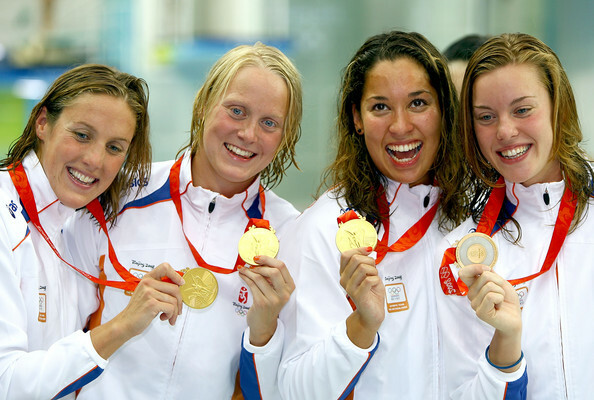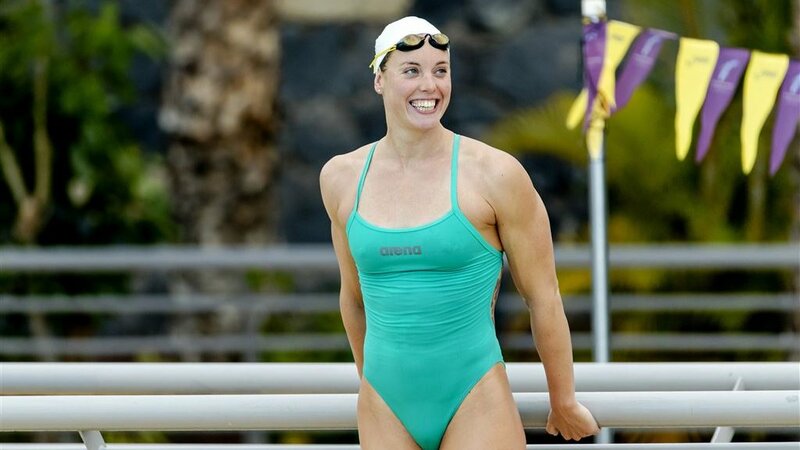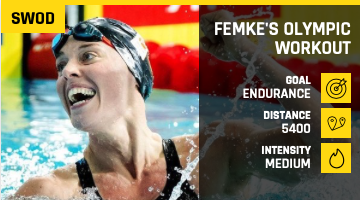Swimming blog - TRAINING Femke’s Olympic workout at SwimGym
Olympic champion Femke Heemskerk stopped by at the SwimGym pool in Amsterdam for a solid training session to prepare for her 4th Olympic Games in Tokyo Japan 2020.
Femke has been at the top of the international swimming scene since her debut at the age of 17 at the World Championships in Montreal (CAN) in 2005. Her first international success was winning the bronze medal in the 400 freestyle relay at the World Championships in Melbourne two years later. It was only one year later that she became Olympic champion in Beijing in the same event.

Ever since her debut, Femke has won countless international medals and broke world records in several events. As an individual athlete, her best performance was winning the gold medal in the 100 freestyle at the world championships in Doha (QAT) in 2014, beating legends like fellow Dutchwoman Ranomi Kromowidjojo and Sarah Sjöström of Sweden.
Femke is known for her wide range of talent. She swims the 200, 100 and 50 freestyle at the highest level, but she is a great 200 medley swimmer as well with a top 3 world ranking in 2015, making her very allround and therefor strong swimmer.

Perhaps one of her strongest assets is her work ethic. Femke loves nothing more than training hard but smart. Spending up to 20 hours in the pool each week, alongside 2 hours a day of core-, strength- and mobility training on dry land. She’s a true professional that has proven to stand the test of time on the highest level of international swimming and we couldn’t be more proud to have her as a friend at SwimGym.
Click here for Femke’s workout.
